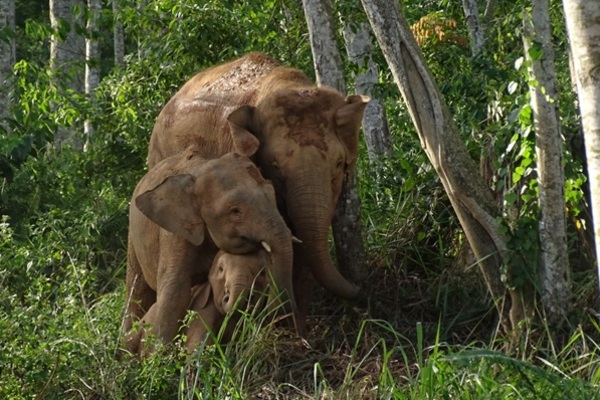To date, more than 163,000 species have been assessed for The IUCN Red List.
This is an incredible achievement. However, our work is nowhere near complete. We need to substantially increase the number of wild species assessed, particularly plants, invertebrates and fungi.
Our current goals, based on the IUCN Red List Strategic Plan (2021-2030), are to have 260,000 species assessed and to reassess 142,000 of those species to ensure the information on their status is up-to-date so that we can monitor trends in change of status. Meeting these goals will provide the most up-to-date indication of the health of the world’s biodiversity to guide critical conservation action. This is only achievable with support from people like you.




